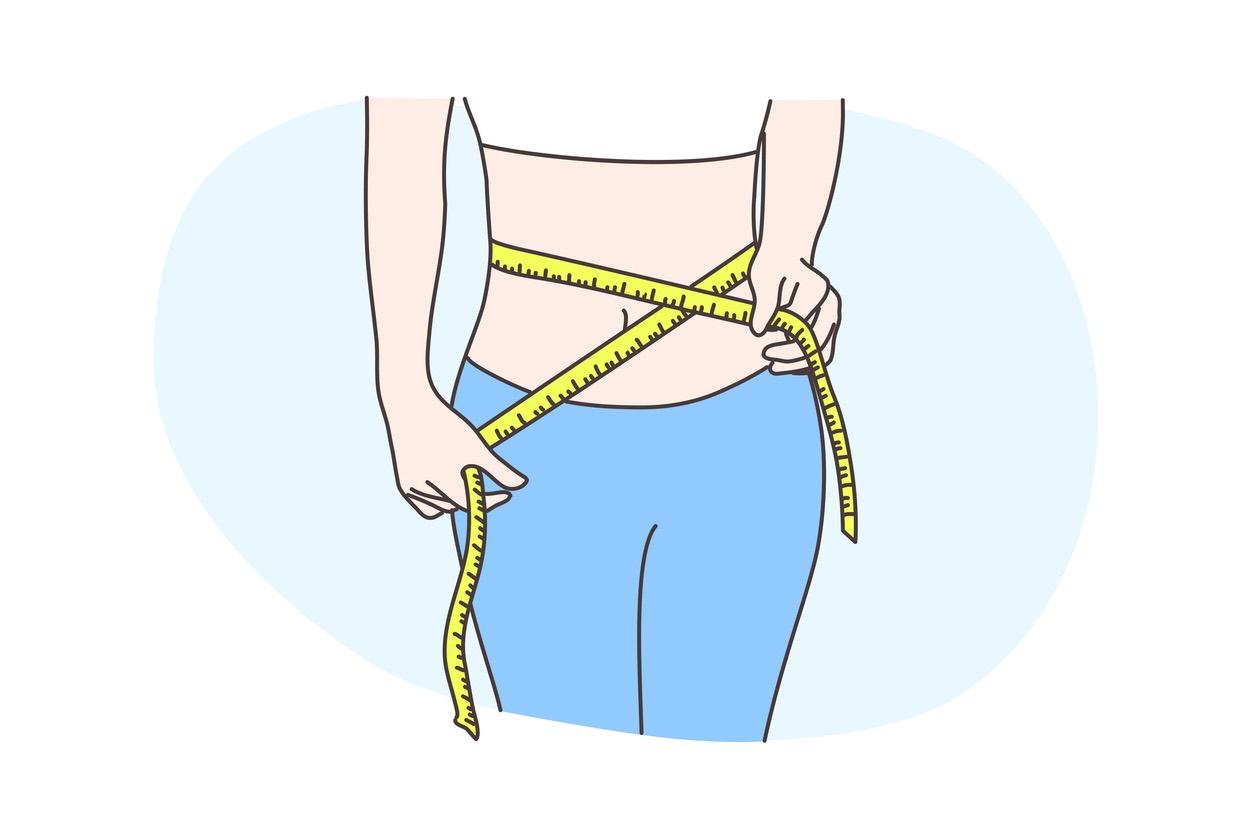What is Waist Circumference?
According to the National Institutes of Health, a high Waist Circumference (WC) is associated with an increased risk for type 2 diabetes, dyslipidemia, hypertension and cardiovascular disease when the BMI is between 25 and 34.9. (A BMI greater than 25 is considered overweight and a BMI greater than 30 is considered obese.)
Waist circumference can be useful for those people categorized as normal or overweight in terms of BMI.
For example, an athlete with increased muscle mass may have a BMI greater than 25 - making him or her overweight on the BMI scale - but a waist circumference measurement would most likely indicate that he or she is, in fact, not overweight.
Changes in waist circumference over time can indicate an increase or decrease in abdominal fat. Increased abdominal fat is associated with an increased risk of heart disease.

To determine your waist circumference, locate the upper hip bone and place a measuring tape around the abdomen (ensuring that the tape measure is horizontal).
The tape measure should be snug but should not cause compressions on the skin.
Then take a look at the overal health risk and obesity class table.